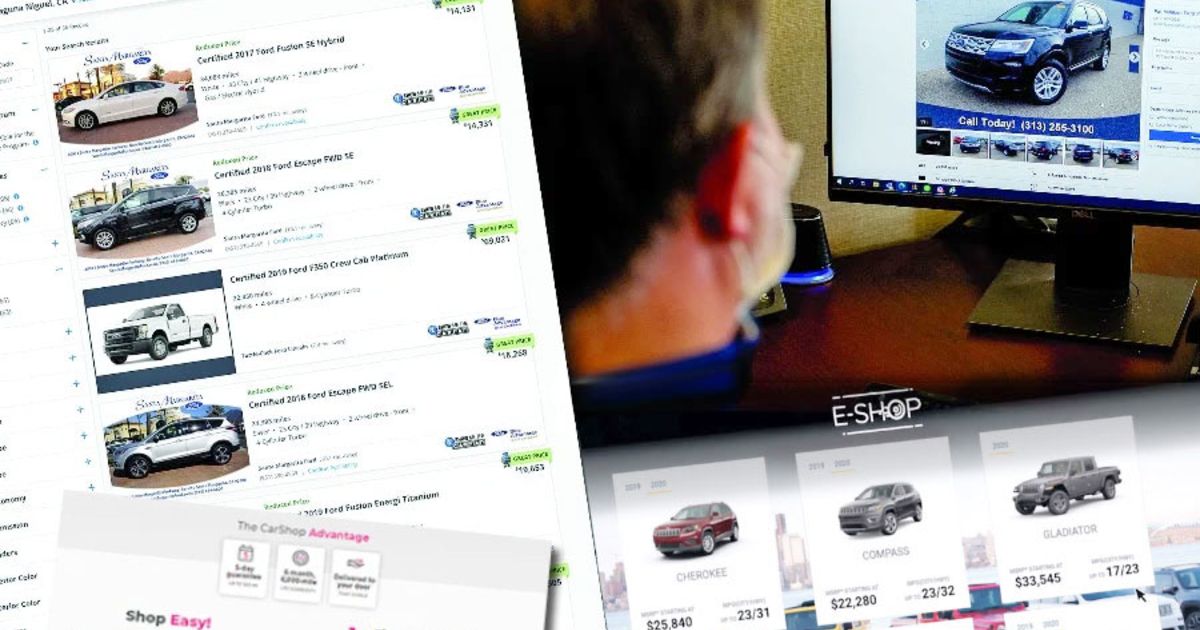
What happens to online sales momentum when a global shortage of inventory crashes into a pandemic?
In short: It keeps growing. That’s what some of the nation’s public auto retailers reported last month as part of their fourth-quarter earnings results, describing increased sales on their own branded digital platforms, expansion into new markets and additional customer capabilities.
Lithia Motors Inc., for instance, shared that sales through its Driveway tool in December topped its monthly goal by 32 percent. Group 1 Automotive Inc. reported that sales on its AcceleRide platform grew 77 percent in 2021 to nearly 20,000 transactions.
Separate from the public retailers, dealership leaders I’ve talked to in recent weeks have told me they haven’t eased up on digital sales and are working to make the process easier.
But many dealership lots are still thinly stocked as automakers haven’t yet been able to produce enough vehicles to catch up with demand. That has pushed consumers into production and delivery pipelines for new vehicles and made it harder for dealerships to source used vehicles.
Digital sales tools require a steady stream of inventory in order for consumers to have a good selection of vehicles to buy through the tool, so the collision of these two global events has created clear challenges.
Asbury Automotive Group CEO David Hult offered some insight into the issue on his company’s fourth-quarter earnings call last month, telling analysts that Asbury pulled back on some marketing investment for its Clicklane tool in 2021 because of a lack of inventory.
“We don’t want to ruin the experience and have someone purchase a car that isn’t available,” Hult said. “And while you have seasoned professional salespeople in the stores that can see inventory come in a month ahead of time, they’re preselling into the pipeline, which is really shrinking the inventory availability for Clicklane. So it’s just not prudent to spend the money right now to market it. We’ll wait for inventory to catch up.”
With the tools gaining traction with consumers even in a constrained market, it will be interesting to watch their results when production catches up again.